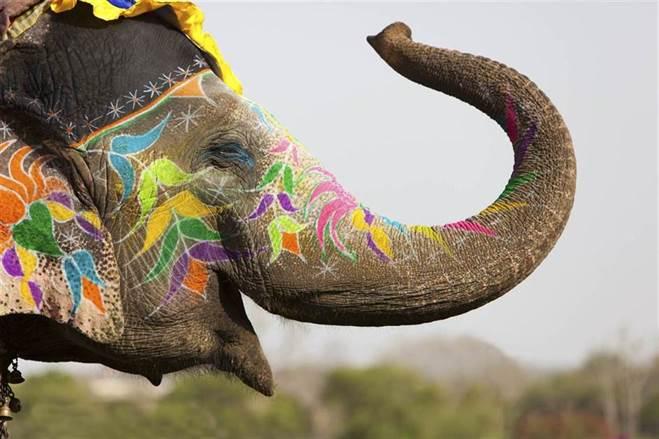
When doing colour consultations, we mostly consider colours within their Western, North American context; what colours invite passion or strong feelings, what colours invite calm, and how combinations of colours can invoke particular feelings or settings. There are a lot of different cultures in the world, though, and each of those cultures might have a different interpretation of those colours. We thought it would be fun to take a look at how some non-North American cultures interpret colours in different ways.
Take yellow, for example. In North America, yellow is often seen as a cheery colour, and is associated with friendliness; that’s one of the reasons fast food companies will often incorporate yellow into their logos. Some countries in Europe, however, take a very different view of yellow; the colour represents jealousy in Germany and France, as well as in some other countries. In other contexts, yellow, being close in colour to gold, represents wealth and opulence.
You might feel blue when things aren’t going your way, but in other cultures feeling blue is closer to feeling divine. Blue in Judaism is close to the divine, associated with the vastness of both the sea and the sky; this may be part of the reason that Israel’s flag has a blue Star of David. Similarly, in Hinduism, Vishnu and Krishna (sometimes seen as an avatar of Vishnu) are blue, and blue is thus associated with divinity. In North America, blue is associated with masculinity; conversely, in China, blue is associated with femininity.
Purple is another colour with some meanings that seem contrary cross-culturally. Purple is almost universally seen as a sign of wealth, because for centuries purple dyes were incredibly rare and expensive to make. The rarity of purple made it a colour of importance to higher-ups in some religious organizations, and linked intimately to divinity; this resulted in many cultures wearing purple during times of mourning, as its link to the divine associated it with the afterlife.
Red is a colour of passion, and passion has a duality about it. Passion for worthy causes, for your loved ones, for humanity; these are reds we commonly see in North American culture, around times like Valentine’s Day and used in many charities’ logos to represent love. The downside of passion, though, is violence and struggle; this is what red represents in the flag of South Africa, so the people there may never forget the sacrifices it took to become independent. Red can also be a sign of good luck, and that’s what the Chinese see in it around the Lunar New Year.
You can take inspiration from other cultures when you’re looking to paint your home; it’s also important to consider what the colours you use mean to you, personally. Great Winnipeg painting companies understand that each colour has a different meaning to each person; let us take the time to get to know your needs, and help you select the best colours for your home.
